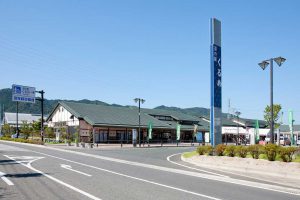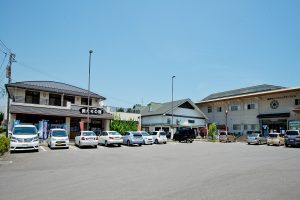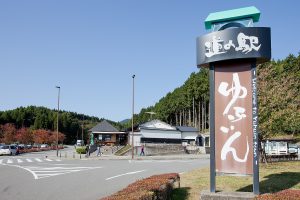Roadside Station Amami-Oshima Sumiyo
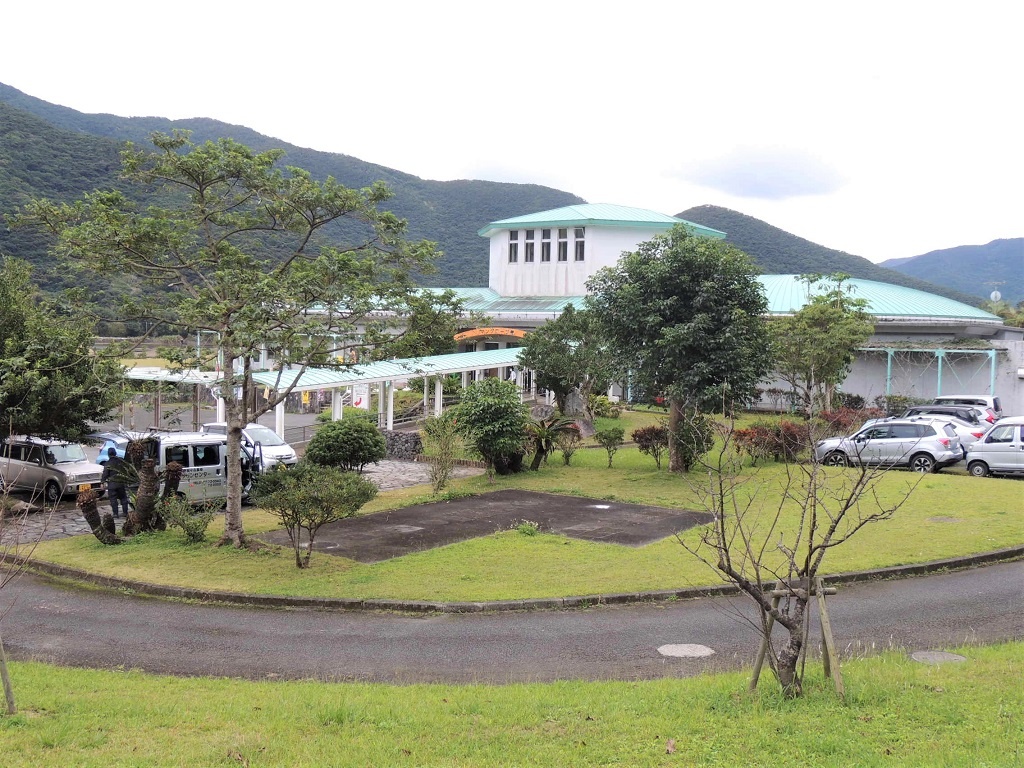
Index
Learn about mangrove forests
Playing in the mangrove forest
Amami Oshima is the second largest island after Okinawa Island and Sado Island. It is also called the Galapagos of the East, with flat terrain in the north and rugged terrain in the south. The southern part of the island is covered with vast virgin mangrove forests. Roadside Station Amami-Oshima Sumiyoshi is adjacent to the mangrove forest in the national park. The emphasis is on the mangrove experience rather than product sales. Visitors can easily experience subtropical nature through a canoe tour through the mangrove forest. Visitors can also experience and learn about the flora and fauna of Amami using a multi-screen and diorama aquarium. Recently, they have also been focusing on Segway tours.
Roadside Station Amami-Oshima Sumiyu Basic Information
| Location | 478 Ishihara, Sumiyo-cho, Amami-shi, Kagoshima |
|---|---|
| Phone number | 0997-56-3355 |
| Business Hours | 9:00-18:00 (Nov-Feb 9:00-17:30) Restaurant 10:00-17:00 Experience facilities 10:00-17:00 (last admission 16:00) |
| Access | 40 minutes from Nase Port |
Map of Road Station Amami-Oshima Sumiyu
Roadside Station Amami-Oshima Sumiyu Gourmet Information
Buy this Amami Brown Sugar Chocolates and Pure Brown Sugar
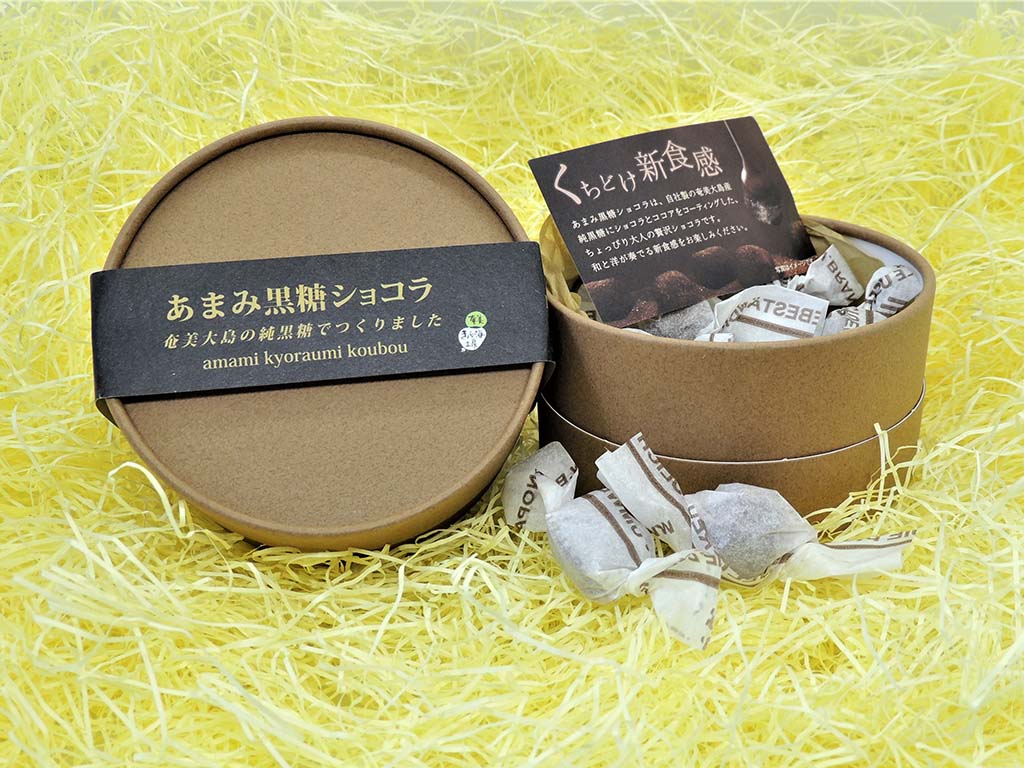
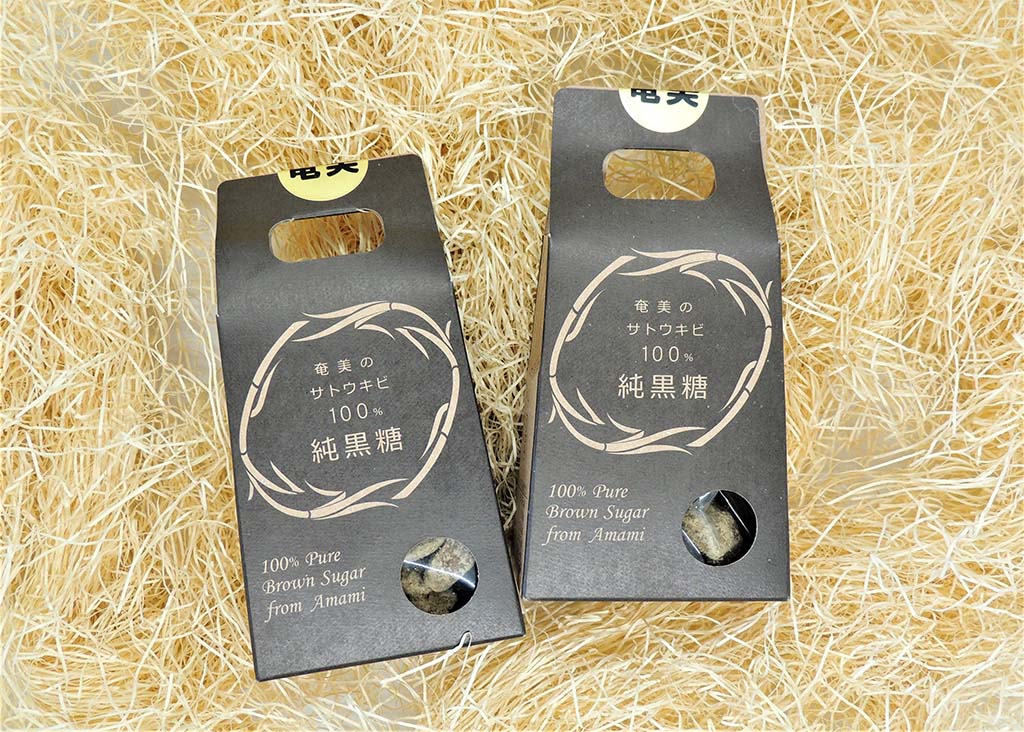
Amami Oshima is known for its sugarcane. Its history began 400 years ago when a native of the island drifted ashore in Fujian Province, China and brought back seedlings. At that time, it was a crime punishable by death to bring sugarcane seedlings from China to government offices. Brown sugar from sugarcane is richer in vitamins and minerals than top white sugar. At the station kiosk, you can buy "pure brown sugar" made from 100% sugarcane without any mixture, and "Amami brown sugar chocolates" made from brown sugar. The nourishing flavor of the pure brown sugar and the bittersweet taste of the brown sugar chocolates made from pure brown sugar are both hard to miss. Amami brown sugar chocolates (918 yen including tax), pure brown sugar (194 yen including tax)
Around Roadside Station Amami-Oshima Sumiyu
Local products: Genuine Amami-Oshima tsumugi (silk)
local specialty
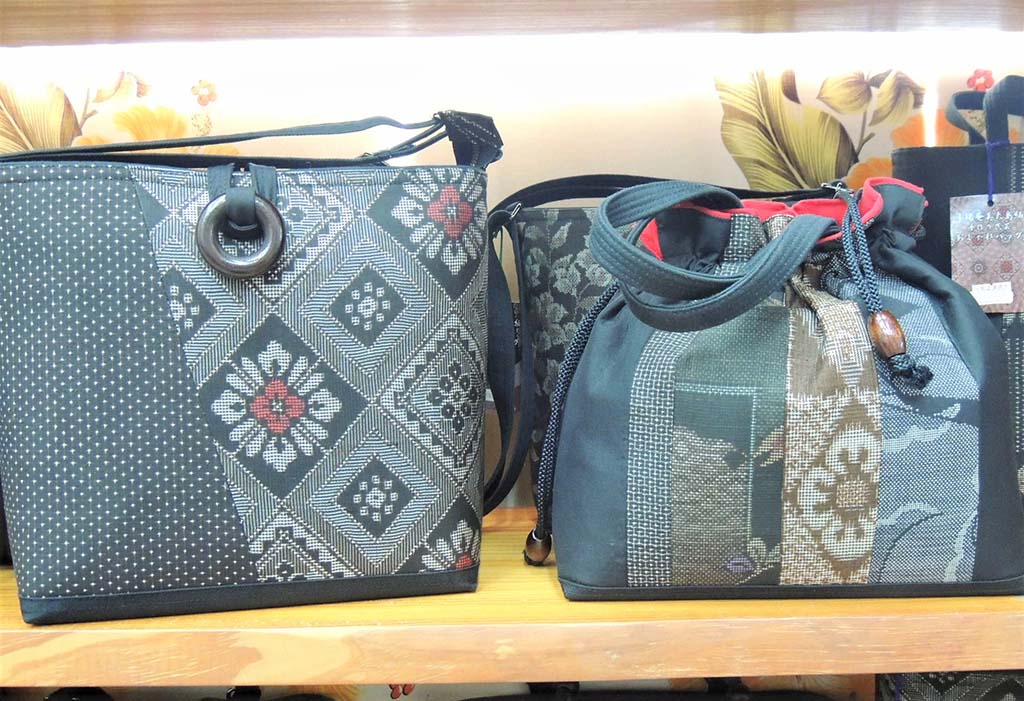
Amami-Oshima Tsumugi is called the queen of kimono. It is the oldest silk fabric in Japan, dating back to about 1,300 years ago. The fine patterns and the texture created by dyeing with Amami mud give it the status of the highest quality textile. In the past, the income from Amami-Oshima silk used to be used to pay for college tuition for children. Even though the kimono itself has declined, it remains expensive. Today, bags, wallets, scarves, and other small items are also made and sold at roadside stations. Of course, the prices are reasonable.
mangrove canoe
I'm proud of this too.
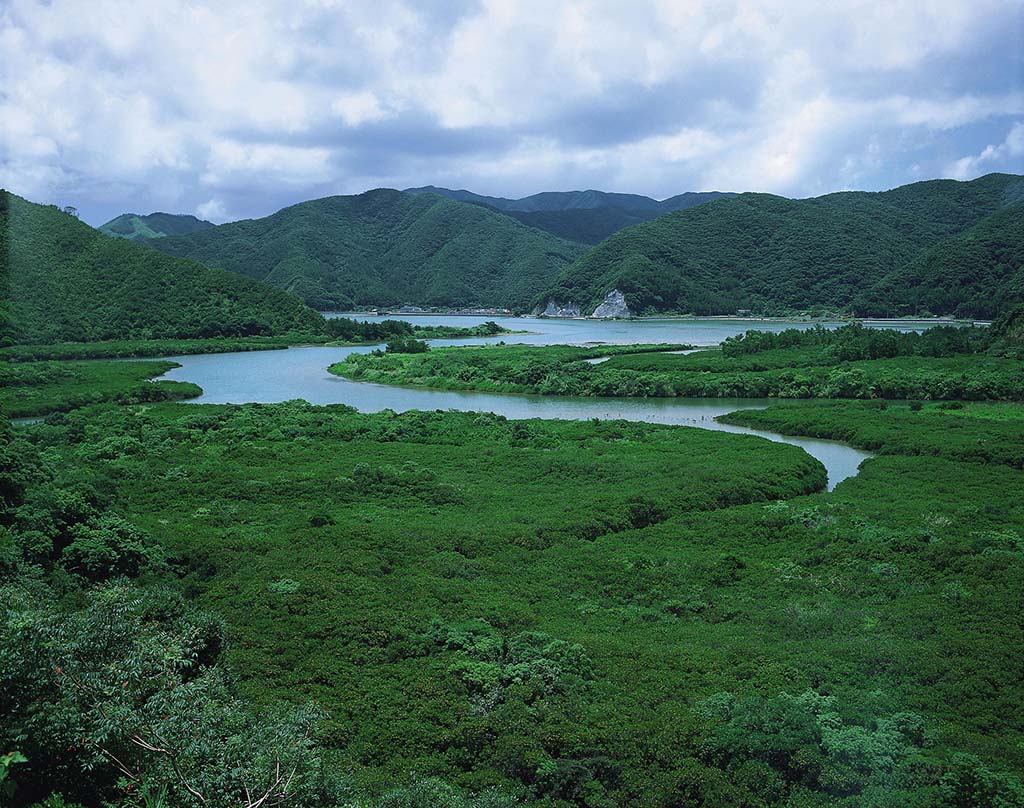
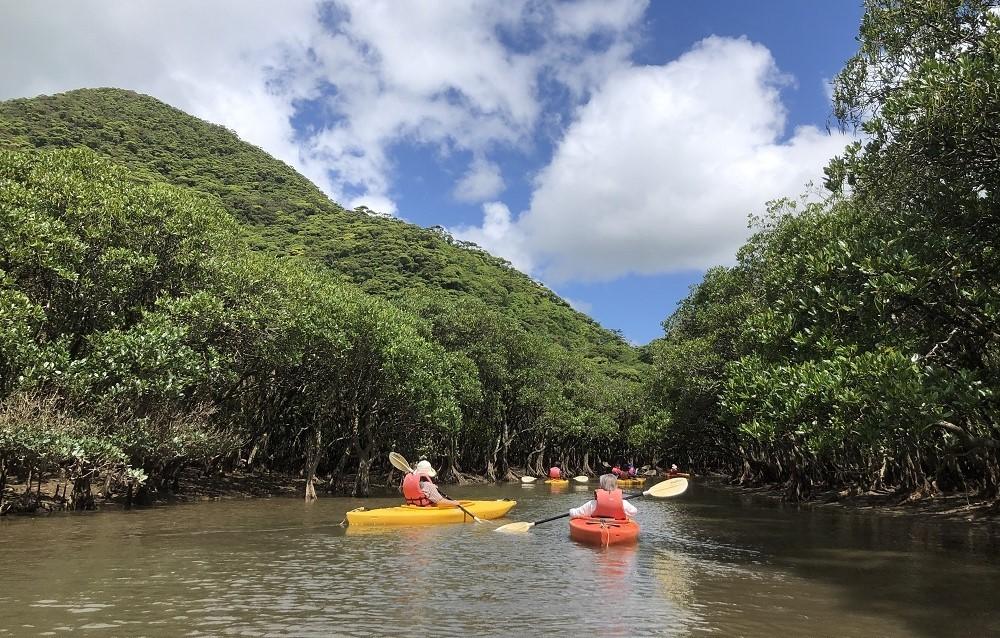
It would be a waste to come to this roadside station and leave without experiencing canoeing in the mangroves! To begin with, "mangrove" is not the name of a tree, but a general term for plants found where fresh water and sea water meet. The town of Sumiyo-cho, where the roadside station is located, is 94% mountain forest, and the area where seawater flows into the river is a virgin mangrove forest. Visitors can fully enjoy the nature of a tropical island as they pass through tunnels of trees that are just above their heads, or paddle slowly along wide stretches of river. Guided tours are provided, so even beginners can feel free to join. The experience fee is 2,000 yen per hour for adults (including guide, insurance, and park entrance fee).
Mangrove community ©K.P.V.B.
Segway (motorized personal vehicle)
I'm proud of this too.
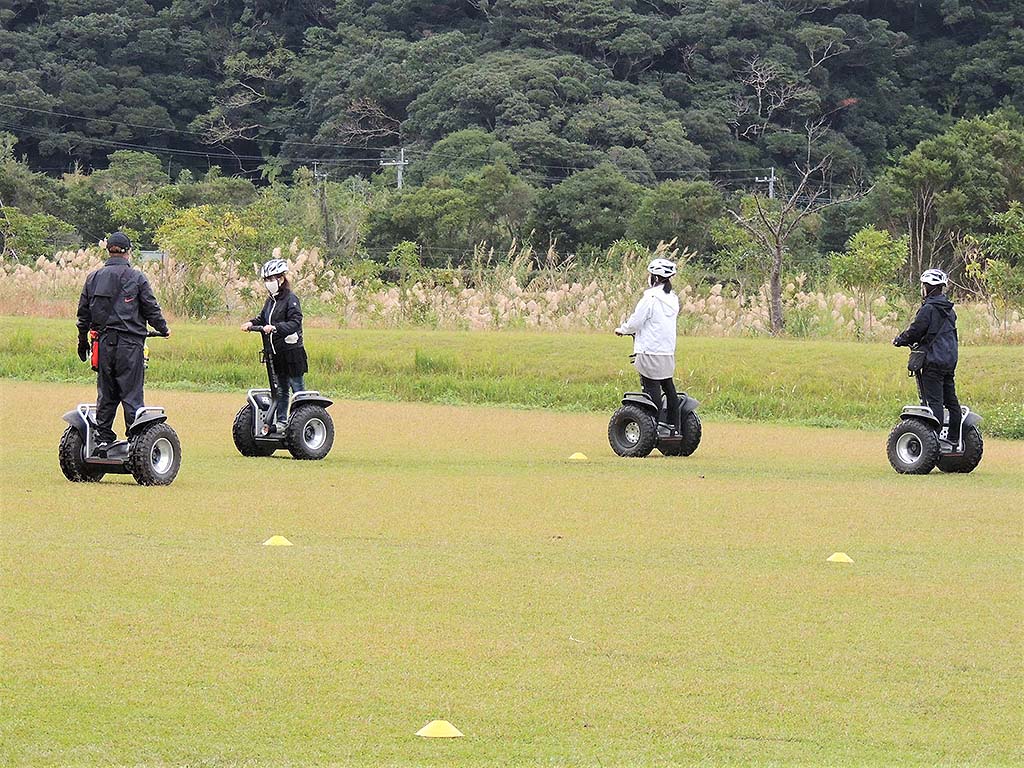
The popular mangrove canoeing experience often involves a long waiting list on holidays. To make the most of this time, the company also offers a Segway experience. The "Segway Experience Tour," which uses the waiting time, costs 3,000 yen for adults for a 30-minute ride. There is also a 60-minute "Segway Mangrove Walking Tour" that takes visitors on a Segway ride through the mangrove park for 5,000 yen. A certified instructor will guide you through the tour.

